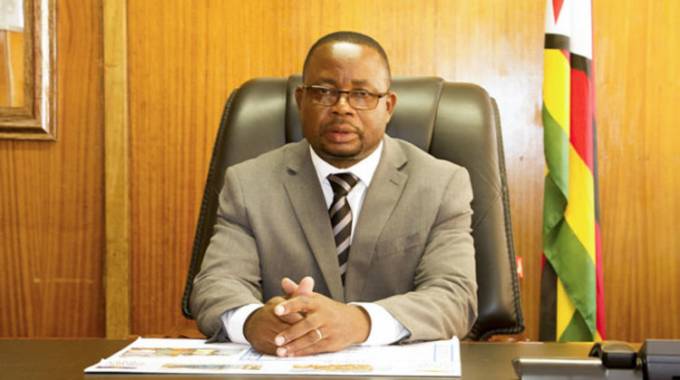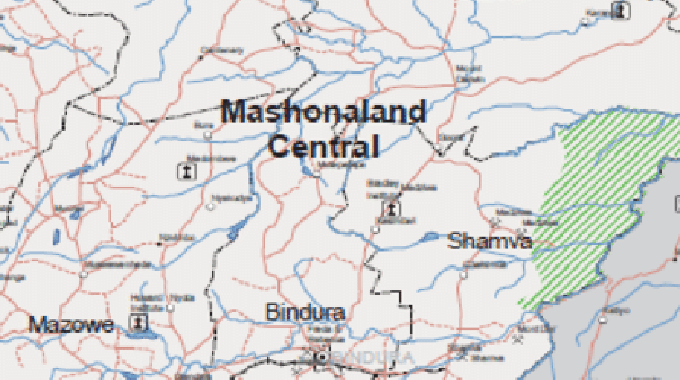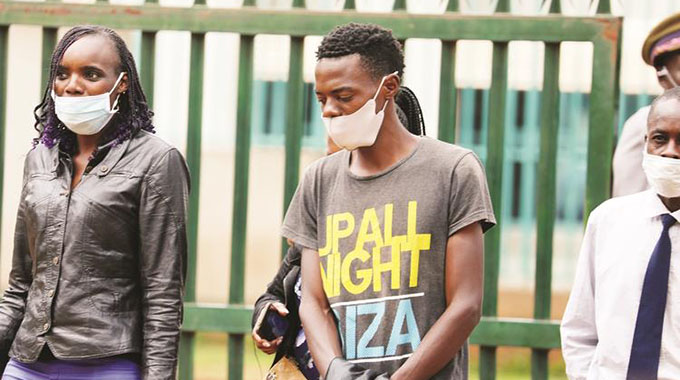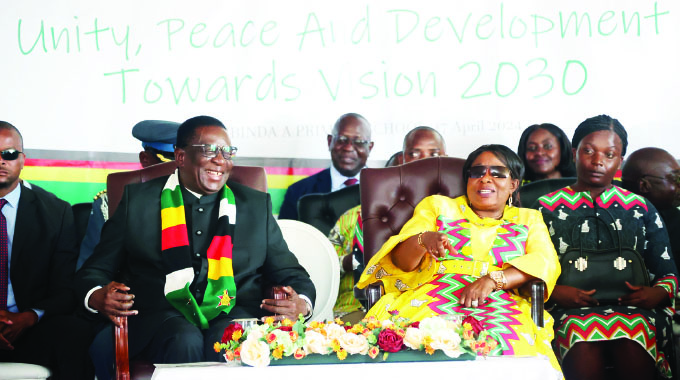Funds for the vulnerable resume

Midlands Bureau
Government has reactivated the disbursement of Covid-19 relief funds to vulnerable members of society to cushion them during level four lockdown.
The new lockdown restrictions largely affect the informal sector.
By December last year more than 276 000 people had benefited from the special facility now being revived.
In an interview on Tuesday, Public Service, Labour and Social Welfare Minister Professor Paul Mavima said: “We are working on activating the cash payouts to mostly the vulnerable people who will be affected by the intensified lockdown announced over the weekend.
“We need to have the cash payouts so that the people at least have money to buy maize meal and cooking oil for their families. Last year, over 276 000 people benefited from the cash disbursements.”
Prof Mavima said his ministry will submit to Treasury the names of people whose livelihoods will be affected by the lockdown measures.
He urged people to register with the Department of Social Welfare for vetting and possible consideration for the relief fund.
Besides this special scheme, Government, supported by development partners, continues to provide food relief to vulnerable families battling challenges brought by lockdown restrictions and last year’s drought.
The World Food Programme (WFP) is assisting 326 004 urban residents across the country and plans are underway to boost the number of beneficiaries to over 500 000 once adequate funding has been secured.
The WFP facility is bankrolled by USAID and implemented by Plan International.
The urban social assistance programme is presently benefiting 58 000 people in the Midlands province, 33 139 people in Manicaland and 36 000 in Bulawayo, 20 125 in Masvingo, 50 000 in Harare, 39 000 in Mashonaland East, while Matabeleland provinces 20 000 and 78 740 in Mashonaland West.
A WFP team recently toured some of the distribution centres in Midlands, where 22 000 people are benefiting in Kwekwe, 18 000 in Gweru, 10 000 in Gokwe and another 8 000 beneficiaries drawn from Redcliff.
Government is working closely with WFP and Plan International to improve the nutritional needs of vulnerable communities in the country.
Started in August last year, the WFP facility is expected to end in February this year, but more resources are being sought to extend the programme at least until the harvests are flowing in.
Beneficiaries are each being paid US$12 a month or given vouchers.
More than US$3,9 million is disbursed to beneficiaries every month.
WFP spokesperson Claire Nevill said close to eight million people in Zimbabwe require food assistance at present
“WFP has mobilised US$175 million to give food assistance to five million people in the country during the first half of 2021 and the number is going to be increased to reach a target of about eight million people as the country has been hit by severe droughts which have resulted in erratic rainfall patterns as well as natural disasters like cyclones,” she said.
“With over 7,7 million people in Zimbabwe struggling to feed themselves, WFP is scaling up its operations to deliver close to 40 000 tonnes of food to five million people up from 3,5 million people.”
The relief food programme is running concurrently with other complimentary activities such as nutrition sessions and savings practices as well as gender-based violence programmes.
“One of the major causes of gender-based violence is hunger and poverty. WFP is conducting awareness sessions with urban communities on protection, and gender-based violence as well as informing households about dietary diversity and nutritional impact,” said the WFP spokesperson.
“WFP has already been delivering its urban food assistance programme and is looking for resources to scale up the response to meet the targeted needy population.”
She said the humanitarian organisation was exploring other ways to improve food security and nutrition among urban and rural communities as well as on school feeding programmes.







Comments